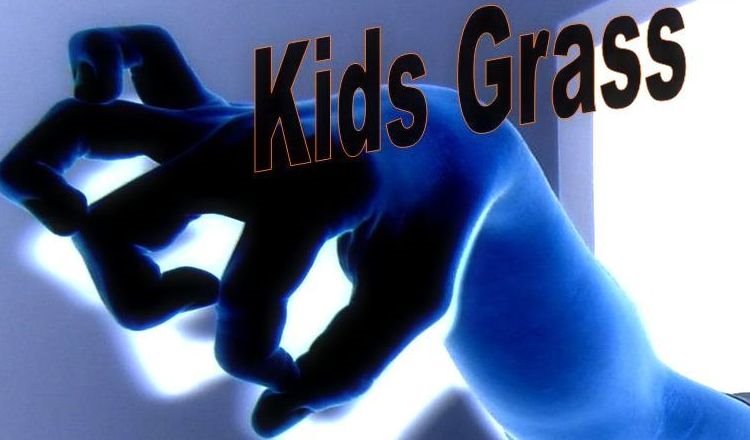
Abbey Road is the eleventh official album recorded by The Beatles. Although its release preceded that of Let It Be, it was the last album to be recorded. It was released on 26 September 1969 in the United Kingdom and 1 October 1969 in the United States. It was produced and orchestrated by George Martin for Apple Records. Geoff Emerick was the engineer and Tony Banks, tape operator. It is regarded as one of The Beatles' most tightly constructed albums.Somewhat ironically, as the band was barely operating as a functioning unit by this time.
Genesis of the album
After the near-disastrous sessions for the proposed Get Back album (later retitled Let It Be), Paul McCartney suggested to producer George Martin that the group get together and make an album "just like the old days. .. just like we used to"[citation needed], free of the conflict that began with the sessions for The White Album. Martin agreed to this if the band would be "the way they used to be".In their interviews for the Beatles Anthology series, the surviving band members stated they knew at the time this would very likely be the final Beatles' product, and therefore they agreed to set aside their differences and "go out on a high note."
The two album sides are quite different in character. Side one is a collection of single tracks, while side two consists of a long suite of compositions, many of them being relatively short and segued together. Many sources say this was to accommodate the differing wishes of McCartney (side two) and John Lennon (side one).However, Lennon's creative involvement in the band at this time was minimal, and McCartney worked closely with George Martin in developing the suite on side two. The main impetus behind the suite approach was to incorporate the various short and incomplete Lennon and McCartney compositions the group had available into an effective part of the album.
The U.S. Sales for this album was approximately 12 million units.
After the near-disastrous sessions for the proposed Get Back album (later retitled Let It Be), Paul McCartney suggested to producer George Martin that the group get together and make an album "just like the old days. .. just like we used to"[citation needed], free of the conflict that began with the sessions for The White Album. Martin agreed to this if the band would be "the way they used to be".In their interviews for the Beatles Anthology series, the surviving band members stated they knew at the time this would very likely be the final Beatles' product, and therefore they agreed to set aside their differences and "go out on a high note."
The two album sides are quite different in character. Side one is a collection of single tracks, while side two consists of a long suite of compositions, many of them being relatively short and segued together. Many sources say this was to accommodate the differing wishes of McCartney (side two) and John Lennon (side one).However, Lennon's creative involvement in the band at this time was minimal, and McCartney worked closely with George Martin in developing the suite on side two. The main impetus behind the suite approach was to incorporate the various short and incomplete Lennon and McCartney compositions the group had available into an effective part of the album.
The U.S. Sales for this album was approximately 12 million units.
Songs:
Come Together" – 4:20
"Something" (George Harrison) – 3:03
"Maxwell's Silver Hammer" – 3:27
"Oh! Darling" – 3:26
"Octopus's Garden" (Ringo Starr) – 2:51
"I Want You (She's So Heavy)" – 7:47
Side Two
"Here Comes the Sun" (Harrison) – 3:05
"Because" – 2:45
"You Never Give Me Your Money" – 4:02
"Sun King" – 2:26
"Mean Mr. Mustard" – 1:06
"Polythene Pam" – 1:12
"She Came in Through the Bathroom Window" – 1:57
"Golden Slumbers" – 1:31
"Carry That Weight" – 1:36
"The End" – 2:19
"Her Majesty" – 0:23
Link:
lix.in/70a60clix.in/f857a6


Nenhum comentário:
Postar um comentário